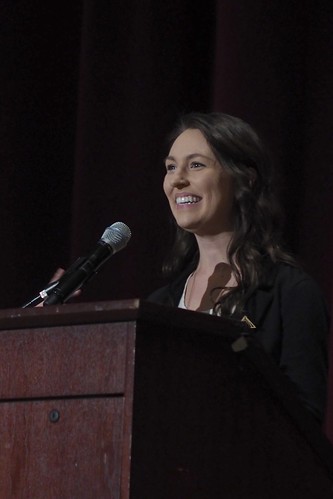Sorry if that question provoked a panic attack, but I am sure I am not the first one to ask you. I know I have been asked at least a dozen times this month.
Preparing for the semester is rarely fun, and academics seldom feel ready when the semester begins. To change the mood a bit, in this post I will explain a few ways planning for the semester (or quarter) can actually be enjoyable.
For me, one fun aspect of semester planning is looking at my (relatively empty) calendar and scheduling things I enjoy as well as things that are good for me – before my calendar gets out of hand.

Trying to find time for something fun in mid-October can be nearly impossible for many of us who work on a semester or quarter system. But, right now, my October calendar is looking relatively open. So, why not schedule in some fun stuff now before all my time is taken?
You may say to yourself each year that you are going to spend more time with your family or go to the gym more often. Putting it into your calendar now, however, makes that much more likely to happen.
Here are some ideas for things you can put in your calendar now that you not only will enjoy putting into your weekly template or semester plan, but also will enjoy when they happen.
Exercise
When are you going to exercise this semester? How about a jog or a walk every Monday, Wednesday, and Friday morning or afternoon? Why don’t you check out your gym’s Fall schedule and see when that awesome yoga or Zumba class is? Perhaps there are two days a week when you can bike to campus? Whatever it is, try putting a repeating event in your calendar now. Plan something feasible – something you know you will actually stick to.
Short Getaways with Friends or Family
My close friend and I try to plan at least one getaway to the beach every semester. We find a day that works and book one night at a hotel. We go somewhere fabulous for dinner, spend the night at the beach, go for a walk along the beach in the morning, and then head home. These trips are extremely rejuvenating. They can be super hard to plan due to our work travel and other commitments. But, now is the best time to plan them. If you can’t afford a night away at a hotel, perhaps you have a friend who lives near the beach or in a cabin in the mountains? Either way, looking at your calendar, when can you plan a quick getaway?
Date night or Friends night
When are you going to go out with your partner or your close friends for dinner or drinks? How about setting aside the time now? What would be ideal for you? Once a week? Once a month? Twice a semester? Whatever it is, make plans now so that you can ensure it happens.
Mini-Retreats
A mini-retreat is a day where you do not check email or social media, and instead, spend the day writing and doing things you enjoy. I explain those in more detail here. You can do these alone or with friends. The key is to plan the mini-retreat now, while you still have some open days in your calendar.
Doctors, Hair, and other Appointments
Okay, this might not be super fun. But, have you had your dentist, eye doctor, and doctor visit yet this year? When is the last time you had a haircut? You might be able to get some of these things done before classes start. At the very least, you can make the appointments now so that you can get those appointments at a convenient time. Personally, I hate going to the dentist, but if I make my appointments well in advance I can get a late-afternoon appointment so that at least I don’t have to go back to work after my visit to the dentist.
So, think about it: what are some fun things you can work into your calendar – while there is still some empty space in it?
Finally, if you are thinking way ahead and want to sign up for our writing retreat in Peru, there are still a few spots left! Now, that would be something to look forward to!
I wish you all the best with your semester planning and I hope you are able to put some things in your calendar other than classes, meetings, and work trips. Let me know in the comments what you have planned.



